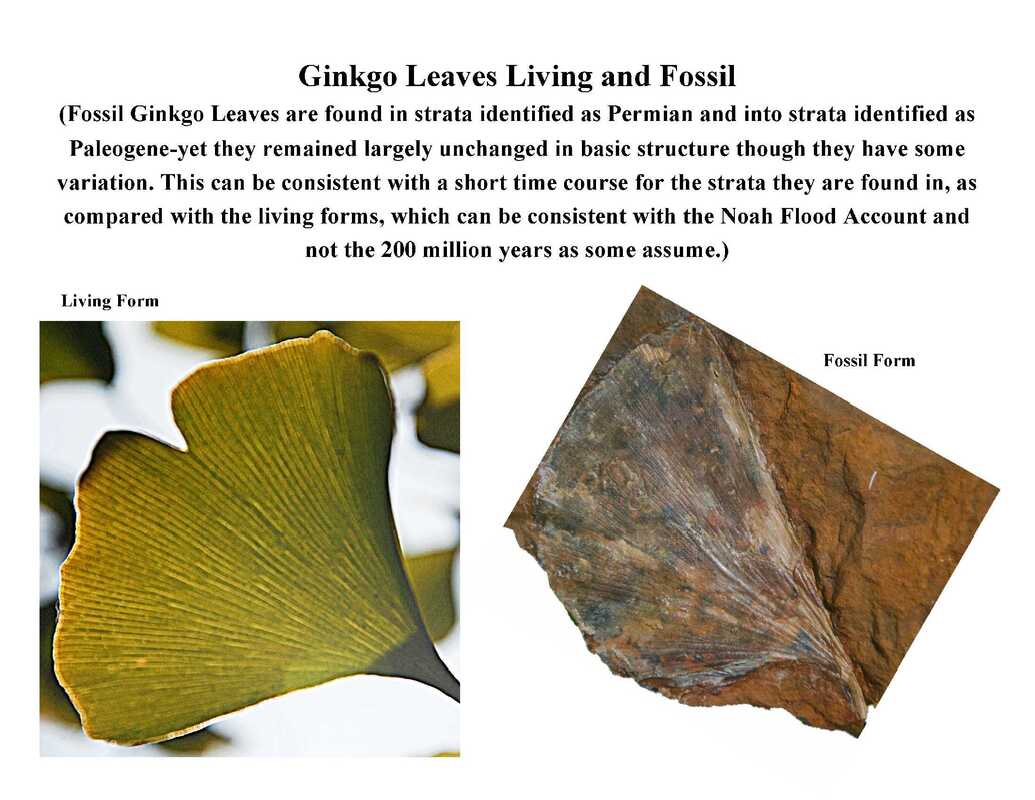Studies have show genetic similarities in comparison between fossil forms and living forms of the Ginkgo as well as variation between living forms. This is expected among created life forms that are now falling apart due to mutational changes, but the stasis is not expected in evolutionary senarios.
“The living species Ginkgo biloba is phylogenetically isolated, has a relictual distribution, and is morphologically very similar to Mesozoic and Cenozoic congenerics. To investigate what adaptations may have allowed this lineage to persist with little or no morphological change for over 100 Myr…”
D.L. Royer Paleobiology 29(1):84-104. 2003
“Random amplified polymorphic DNA (RAPD) analysis is a valuable tool in studying inter- and intra-specific genetic variations, patterns of gene expression, and for the identification of specific genes using nearly isogenic variants. Here we used RAPD analysis to study the genetic variation in Ginkgo biloba grown in the eastern United States. … we observed a high degree of relatedness among plants grown in certain localities although significant genetic variation may exist in the species, and could be a possible explanation for the observed variations in the efficacy of medications derived from G. biloba extract….”
R. Kuddus et al Genome, 2002, 45(1): 8-12,


 RSS Feed
RSS Feed